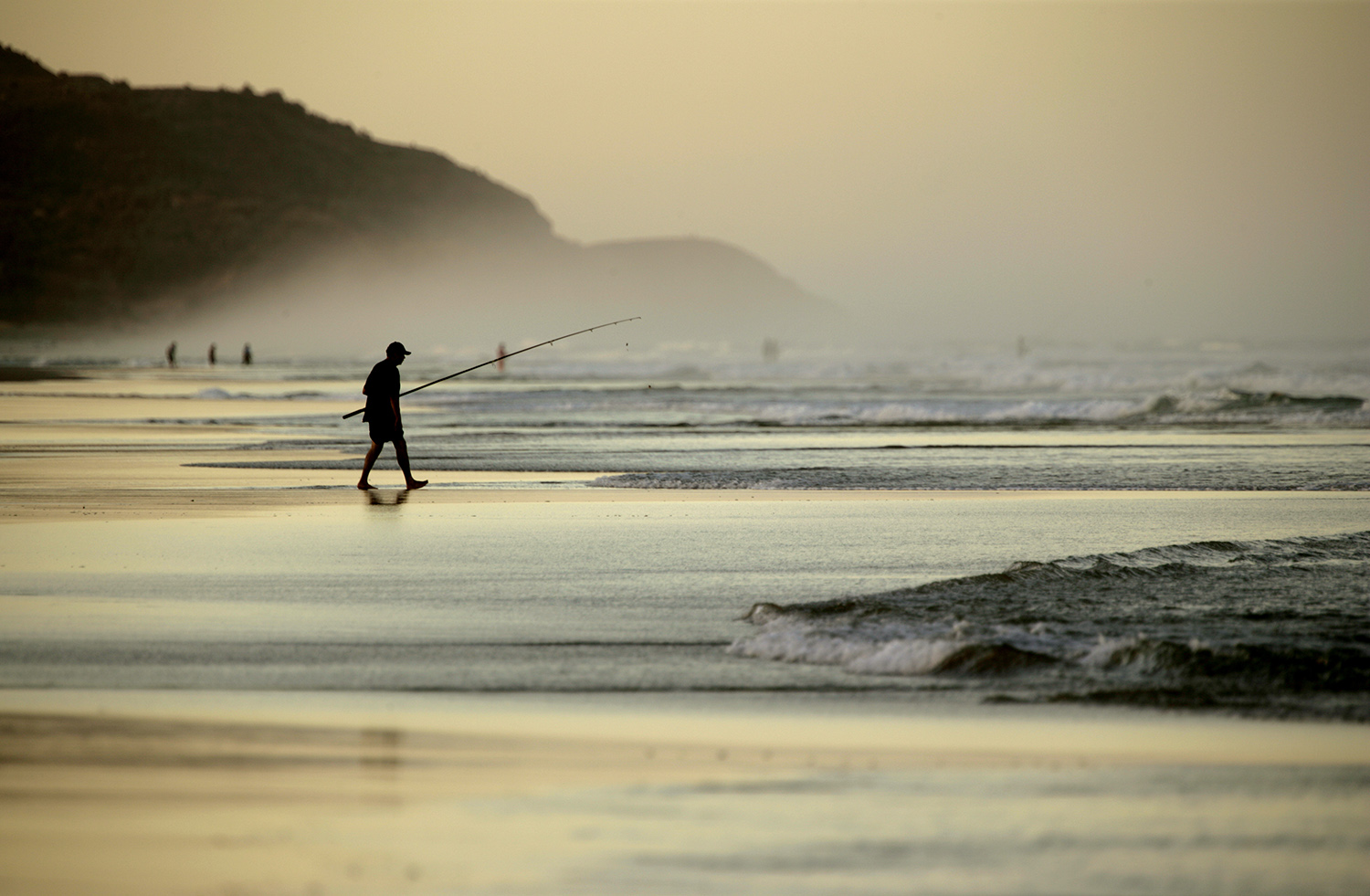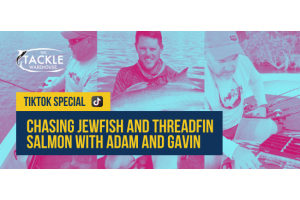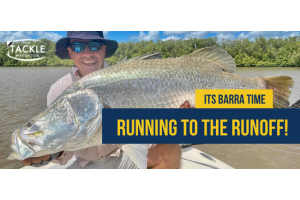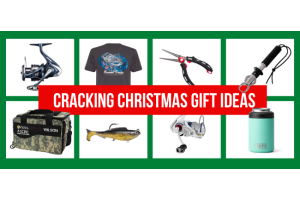
Do you know what aquatic species are protected? Every angler plays a role in ensuring Australia's fish populations remain stable and strong. Sustainable fishing will allow future generations to enjoy the gift of fishing as well. A key component to sustainable fishing practices involves protecting vulnerable species by leaving them in their environment. Fish are a finite resource and over-fishing will decrease the population. Conservation efforts to restore populations are slow, sometimes expensive and occasionally ineffective. It is far wiser to practice sustainable angler practices to prevent and restore our fish populations. To protect vulnerable aquatic species, every state in Australia has species that are protected and prohibited from being caught. If caught by accident, they are to be carefully released without causing any harm to the protected species. Some species require extra protection for a variety of reasons: their population have decreased, they have less habitat to occupy or they are slow to breed. Such circumstances make certain species more susceptible to exploitation, requiring stronger protective regulations. Investigative research deems what species require protection. Aquatic animals that are protected are referred to as a no-take species. For certain animals, only one gender is protected, while other species are completely protected. Occasionally, some fish are a no-take species because they are harmful to digest. A limited number of permits are available for some no-take species that allow them to be caught. Fines apply for protected species that are in someones possession without a permit. The Department of Agriculture and Fisheries lists the following as no-take species in Queensland: Fresh waters
- Queensland lungfish
- Mary River cod
- Bloomfield River cod
- river blackfish
- spiny crayfish
- Edgbaston hardyhead
- Cling goby
Tidal waters
- barramundi cod
- chinamanfish
- humphead Maori wrasse
- paddletail
- potato cod
- Queensland groper
- red bass
- female mud crabs
- female blue swimmer crabs
- egg-bearing spanner crabs
- egg-bearing bugs
- egg-bearing and tar-spot tropical rocklobsters
- other egg-bearing sea bugs, slipper lobsters and crayfish
- narrow sawfish
- dwarf sawfish
- freshwater sawfish
- green sawfish
- great white sharks
- grey nurse sharks
- speartooth sharks
- helmet, trumpet and clam shells; regulated by species. (The DAF says: "All of these large and vulnerable shells are totally protected. Clams in the family Tridacnidae are protected due to their vulnerability, especially to collection as a food for the South-East Asian market. Some species of giant clams are now cultured for this market, and smaller species are cultured for the aquarium trade.")
Additional protected species You may come across additional protected animals while fishing. Whales, dolphins, porpoises, dugongs and turtles are protected. Protected freshwater fish include: the Elizabeth Springs goby, Oxleyan pygmy perch, red-finned blue-eye and honey blue-eye. These animals are protected under the Nature Conservation Act 1992. What to do if you catch a protected species It is possible to accidently catch a no-take fish. The Department of Employment, Economic Development and Innovation has shared these general guidelines to follow if an accidental catch occurs:
- Decrease stress caused to the animal by releasing them as quickly and as gently as possible. If you have caught a seabird and are unsure how to handle them, keep them comfortable and warm, and take them to a vet as soon as possible.
- When remembering the safety of the animal remember the safety of yourself and your crew.
- Before releasing, remove as much fishing gear as possible
- Remove hooks whenever possible. If removing a hook is not safe or practical, cut the line as close to the hook as you can get. Loose wire can cut and infect the side of the animal.
- In the chance that an accidental catch happens, keep pliers, de-hookers and line handy to aid in the release of animals.
For more information about protected species in Queensland, read the booklet, Looking after Protected Species in Queensland. To learn more about recreational fishing rules and regulations in Queensland, click here. At Tackle Warehouse, we are passionate about fishing. Careful anglers make fishing great in Queensland.





